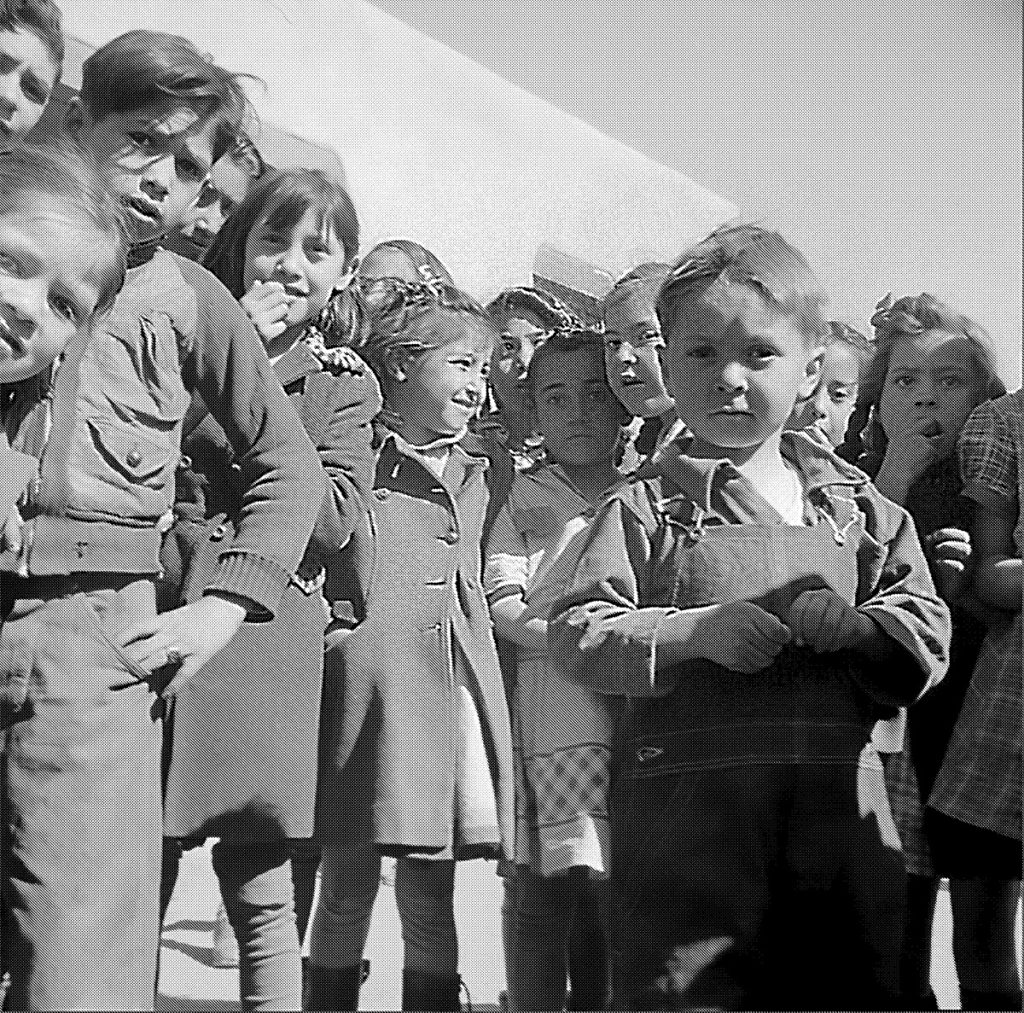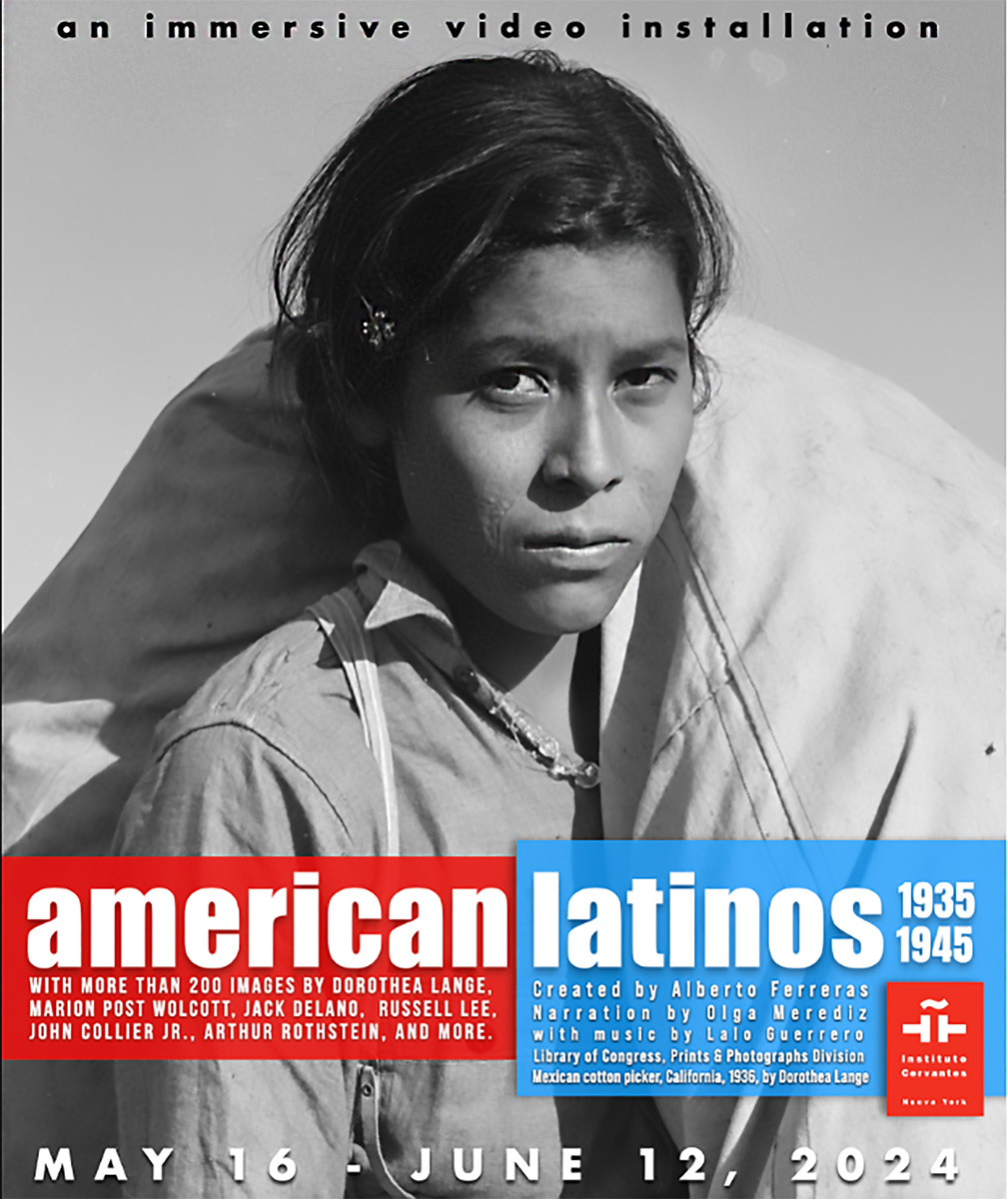
Over the years, photos from the Library of Congress have circulated across social media, often drawing high interest from locals who are able to have a firsthand glimpse into the days of our grandparents’ and great-grandparents’ lives.
Rarely, however, are we able to get more information than a quick date and source citing, often recorded by a photographer.
Recently, however, New York-based journalist, author, and filmmaker Alberto Ferreras, who is nationally known for his media projects which explore and explain the diversity and complexity of US Latino experience and is most well-known for HBO’s documentary series “Habla,” took interest in these portraits. Finding over 170,000 photos in the Library of Congress, he curated an exhibit entitled ‘American Latinos’ which includes approximately 250 of the many images taken of American Latinos between 1935 through 1943.
Ferreras took some time to speak with the Questa del Rio News about his exhibit on display at the Gallery of the Instituto Cervantes in New York City currently through mid-June.
“These photos have been around for almost 100 years, and every decade they are rediscovered for different people and different reasons. They’ve been used in documentaries about the Great Depression—but the thing is, they don’t always identify the subject, so they could be Spanish American, or Mexican American, or Puerto Rican,” Ferreras says. “I’ve always had a hard time picturing Latinos in that era, because they were not in the Hollywood films—but after seeing these photos, I am able to picture a past that included us.”
Ferreras says that through his studies, he found the vast number of photos, which now belong to the Library of Congress were spurred from a movement by President Franklin D. Roosevelt, who was working to bring our country out of the Great Depression. “President Roosevelt created the Farm Security Administration to help farmers relocate to better land and to teach them how to make their farming ventures more productive and to show living conditions around various parts of the country. That agency had a photography unit, and these photos are a product of that.”
Ferreras says he is grateful that the colossal treasure of photos was archived to the Library of Congress, which allows anyone to download them in a high-resolution format.
Starting his work during the pandemic, Ferreras spent three years scanning through over 30,000 photos to see how many Latinos he could find. He says he made this a video project because he wanted a piece that pays respect and tribute to the photographer and the subjects alike.
While his work includes American Latinos from across the country, Ferreras says he was particularly intrigued by the photos taken in northern New Mexico.
“Some of my favorite photos used in the piece were taken in New Mexico, in Questa, by John Collier Jr. who is considered the father of visual anthropology. He took wonderful portraits in Questa in the 1940’s, when the majority of the town spoke Spanish. There are also beautiful portraits of Costilla, Taos, Penasco, Rodarte… then you also see Basque sheepherders in Idaho and Nevada and Spanish muskrat trappers in Louisiana. Giving our people an identity, a carved-out place in history. That is my life’s legacy.”
Ferreras says each of the photos displayed in his work through the American Latinos exhibit treats the subjects and the portraits with respect and dignity, making visible a group that has often been invisible in the narrative of America: the American Latinos.
Ferreras, who lives in New York, says he is interested in continuing work in northern New Mexico to elevate the American Latino identity.




